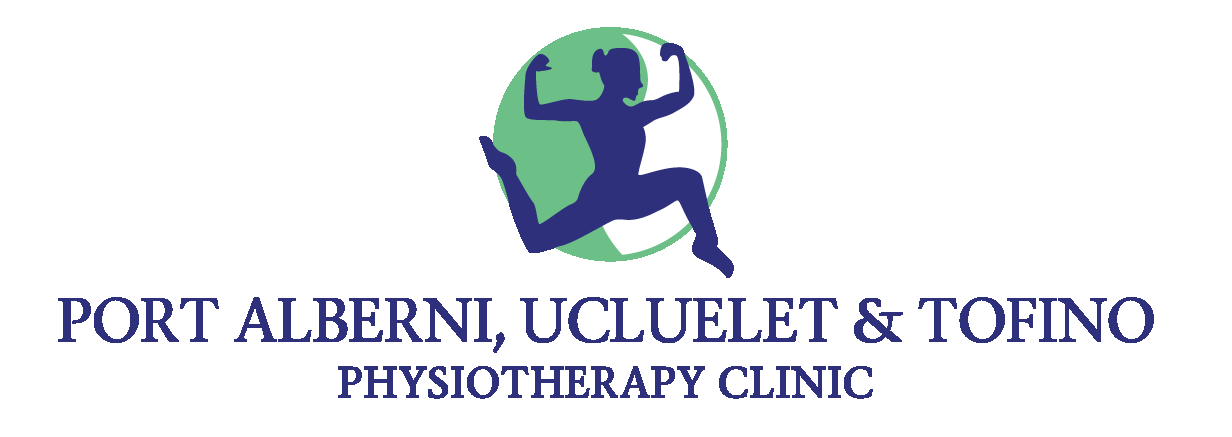Tension headaches are like uninvited guests who show up at the most inconvenient times, wrapping our heads in a vice-like grip. These headaches, often characterized by a dull, persistent pain, are a common affliction in our stress-laden lives. In this blog post, we'll delve into the causes of tension headaches, explore exercises that can provide relief, and discuss proactive measures to prevent these unwelcome visitors.
Understanding the Culprits: What Causes Tension Headaches?
Tension headaches are often the result of muscle contractions in the head and neck regions, typically triggered by stress, anxiety, or poor posture. Prolonged periods of staring at screens, inadequate sleep, and dehydration can also contribute to the onset of tension headaches. Understanding these triggers is the first step in effectively managing and preventing these headaches.
Exercise Treatment
Exercise can be a powerful tool in alleviating tension headaches. Engaging in activities that promote relaxation and release muscle tension is key. Here are a few exercises that may help:
1. Neck Stretches: Gently tilt your head to one side, bringing your ear toward your shoulder until you feel a stretch on the opposite side of your neck. Hold for 15-30 seconds, then switch sides. Repeat as needed throughout the day.
2. Shoulder Rolls: Sit or stand with your shoulders relaxed. Slowly roll your shoulders forward in a circular motion for 10-15 seconds, then reverse the direction. This simple exercise can help release tension in the shoulders and upper back.
3. Massage ball: If you get good relief from massage work, you may benefit from a massage ball to continue these techniques at home. A massage ball relieves tension by placing pressure on a muscle allowing it to relax. This is particularly useful in the sub-occiptal muscles at the base of the skull. Below is a great video showing you how to use a massage ball correctly for tension headaches.
4. Yoga: Yoga emphasizes gentle, flowing movements that can help relax muscles and reduce stress. Incorporating these practices into your routine may contribute to headache prevention. Below is a great Youtube video so you can get started at home.
Preventing Tension Headaches
Prevention is often the best medicine. Here are some lifestyle adjustments to help prevent tension headaches:
Manage Stress: Identify stressors in your life and develop healthy coping mechanisms, such as mindfulness, meditation, or engaging in hobbies. The Headspace App is a great place to start mindfulness meditation if you haven’t used it already. This app walks you through a variety of mindfulness practices to help relieve stress and cope with the anxieties of everyday life.
Maintain Proper Posture: Be mindful of your posture, especially when sitting for extended periods. Keep your spine straight, shoulders relaxed, and take breaks to stretch and move. We advise our clients to use a phone timer or download a posture app that reminds you to check your posture. Ideally you take breaks every 30-60 minutes to move around. This can include coffee breaks, switching from a seated to standing position (with a sit to stand desk), or doing physiotherapy stretches or strengthening exercises.
Desk Ergonomics: To ensure that your desk set up is not contributing to your tension headaches , it's important to check your ergonomics. At Port Alberni Physiotherapy, our physiotherapists can conduct on-site Ergonomic Assessments to identify any issues and suggest solutions. Alternatively, you can schedule an appointment to discuss potential changes that can be made to improve your workplace ergonomics. There are also many resources online to do an ergonomic scan at home and make quick fixes.
Stay Hydrated: Dehydration can contribute to tension headaches, so make sure to drink an adequate amount of water throughout the day.
Prioritize Sleep: Establish a consistent sleep routine and aim for 7-9 hours of quality sleep each night.
To live a tension headache-free life, it is essential to understand the causes of tension headaches, practice appropriate exercises, and take preventive measures. By making minor lifestyle modifications and integrating relaxation methods into our daily routine, you can relieve the knots of tension headaches. If you need more assistance we strongly recommend consulting a healthcare professional for a thorough assessment and personalized treatment plan, you can do this through our website www.portalbneriphysiotherapy.com or by calling 250-723-5112.










